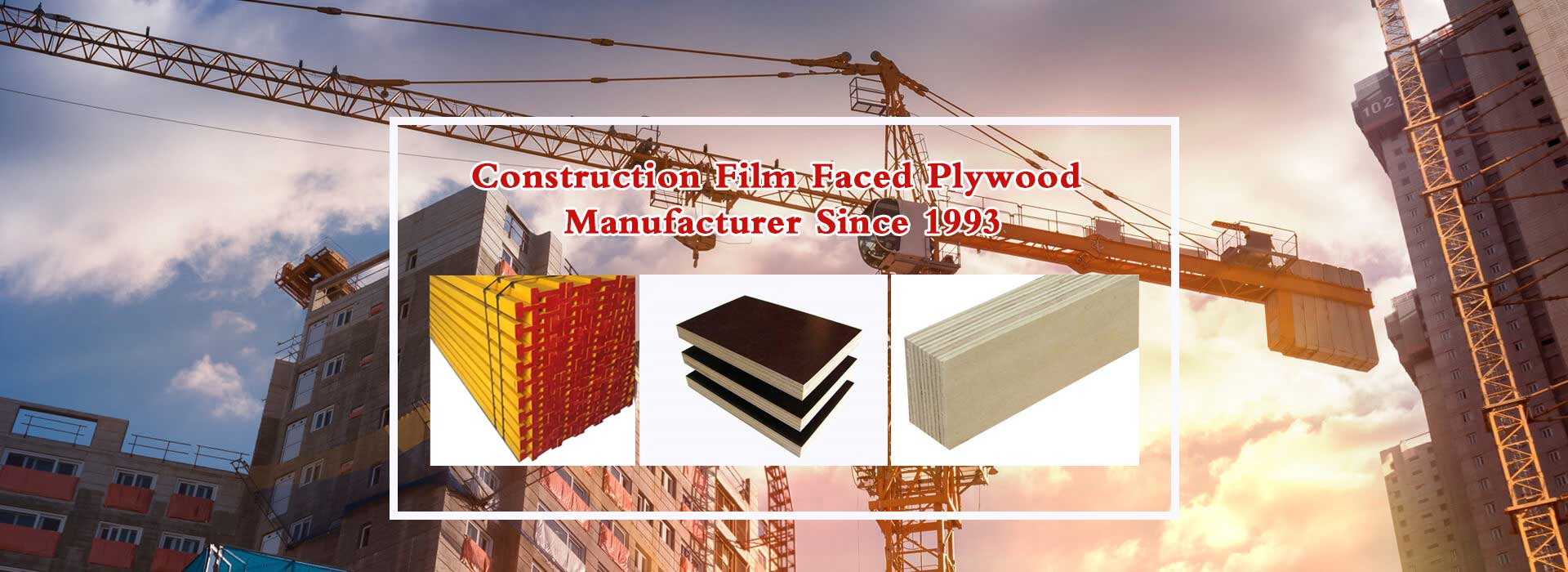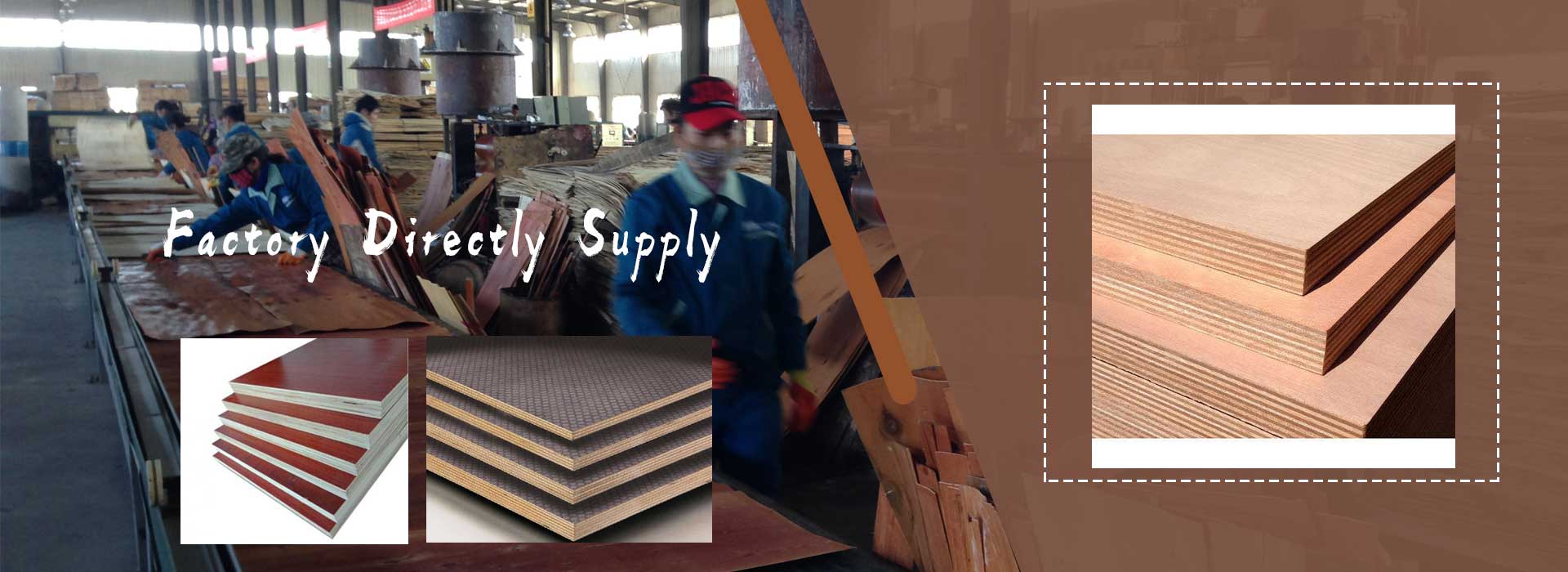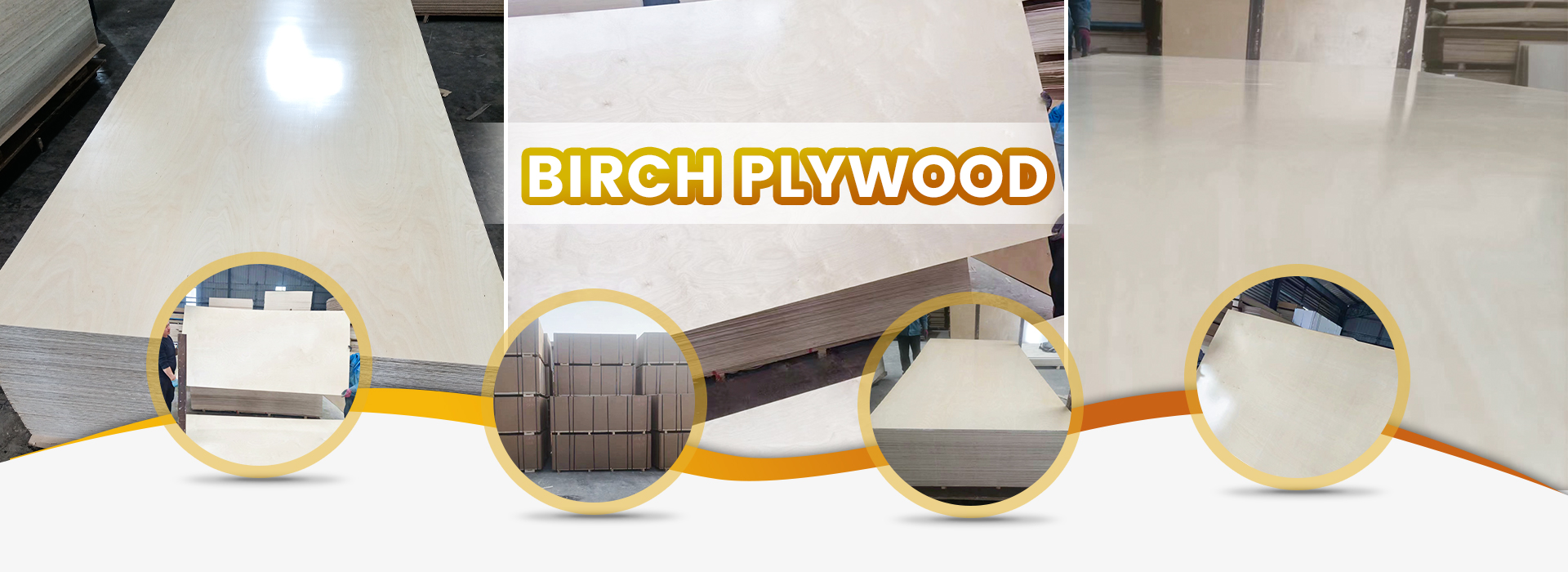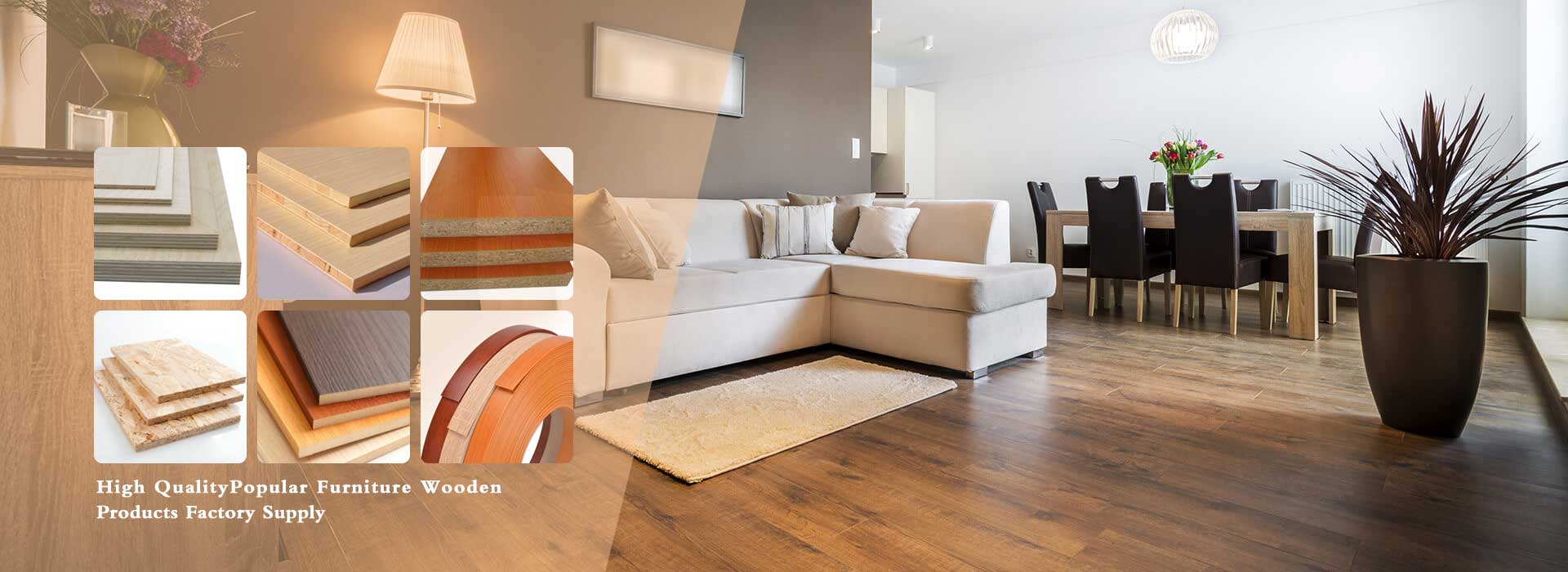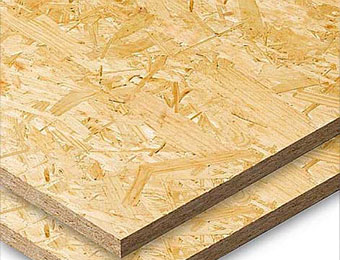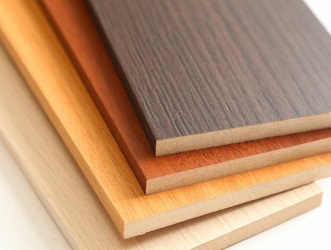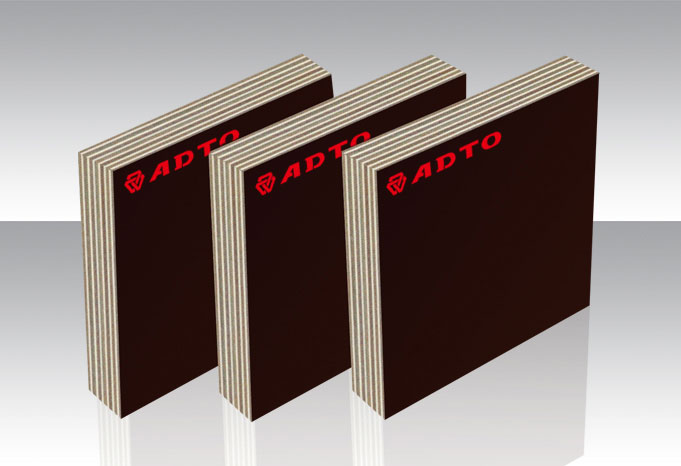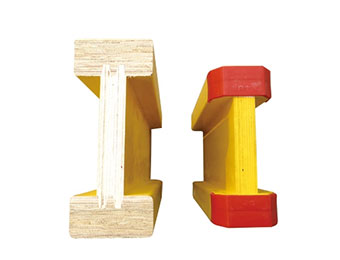In the realm of wood materials, one common question that arises is whether plywood can be waterproof. The straightforward answer is yes. When wood is left unprotected and exposed to water for extended periods, it is susceptible to damage. This is where waterproof plywood comes into play, offering a solution for areas prone to moisture such as bathrooms, kitchens, and exterior structures.
Waterproof plywood is specially crafted to resist water penetration, a feature lacking in standard plywood variants. Its ability to repel water effectively safeguards it against issues like rotting, shrinking, and warping when exposed to moisture. While regular plywood typically consists of three layers of wood glued together, waterproof plywood boasts additional layers of plies bonded with waterproof adhesive for enhanced durability.
But how can you determine if a particular plywood is truly waterproof? The testing process can be conducted at home with ease:
1. Cut the plywood to fit inside a cooker.
2. Immerse the plywood fully in water within the cooker.
3. Boil the plywood for 20 to 30 minutes.
4. Check for any delamination - if the layers separate, the plywood is not waterproof.
5. If the plywood retains its shape and color, it signifies its waterproof quality.
In conclusion, the importance of waterproof plywood cannot be overstated when it comes to safeguarding wood against water-related damage. By understanding its unique properties and testing methods, you can ensure that your plywood remains resilient in the face of moisture exposure. Trust in waterproof plywood for superior protection and longevity in your construction projects.


